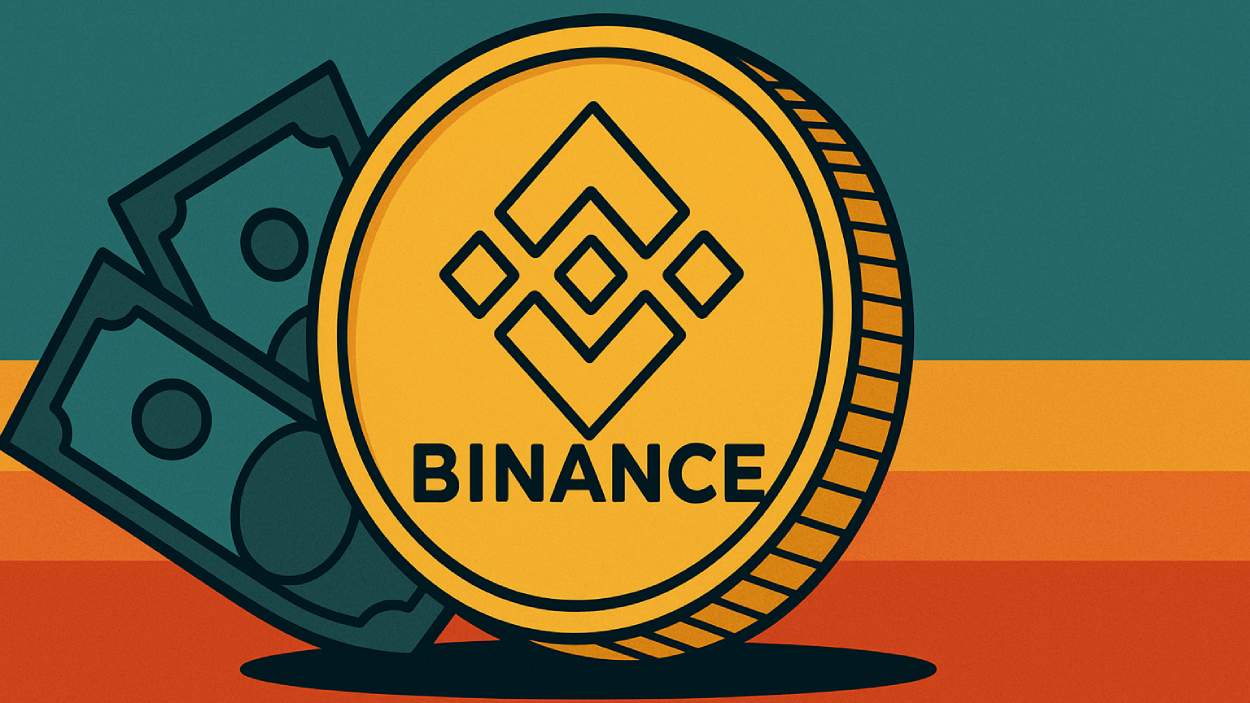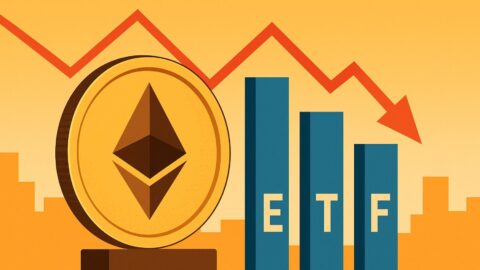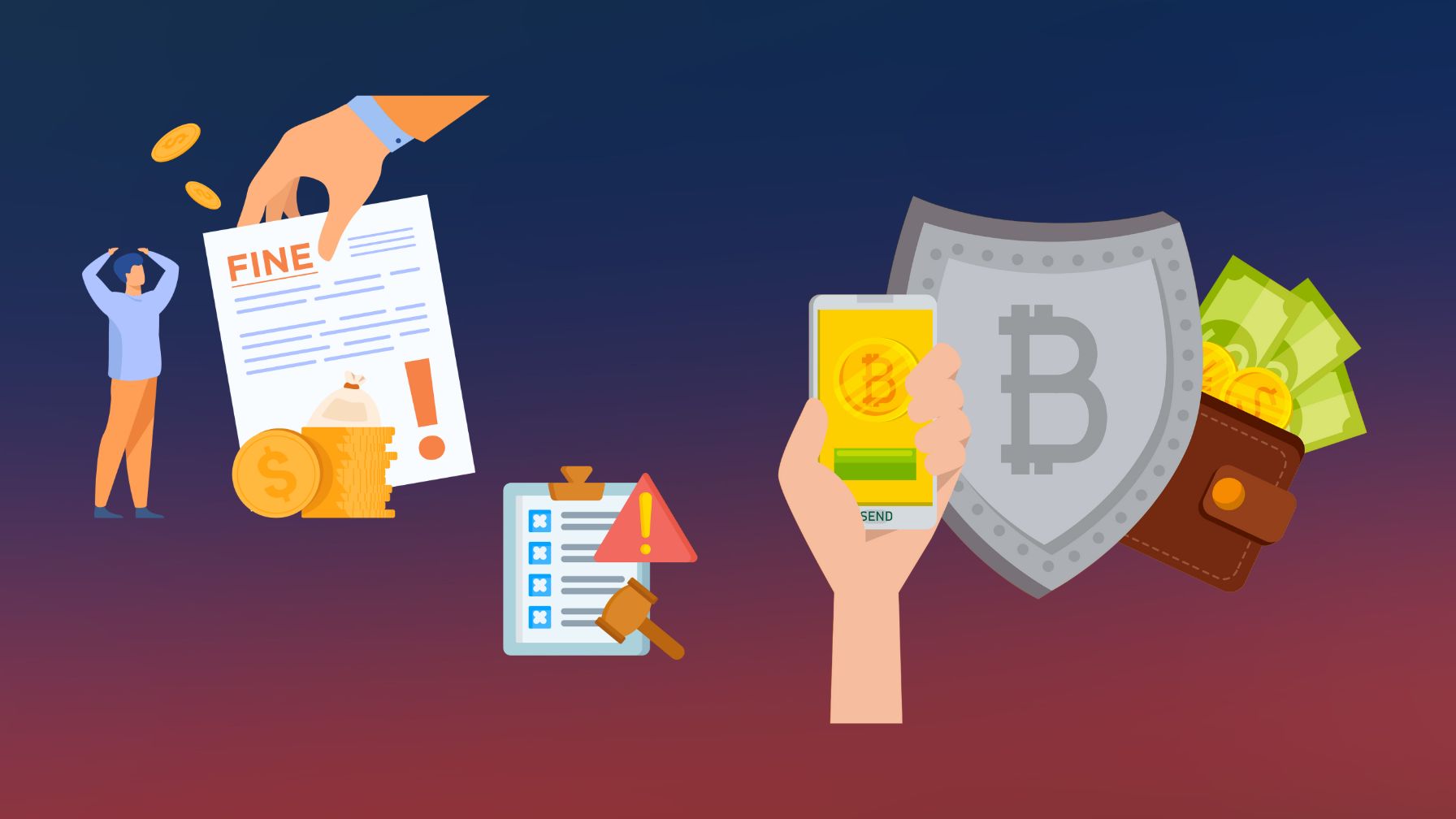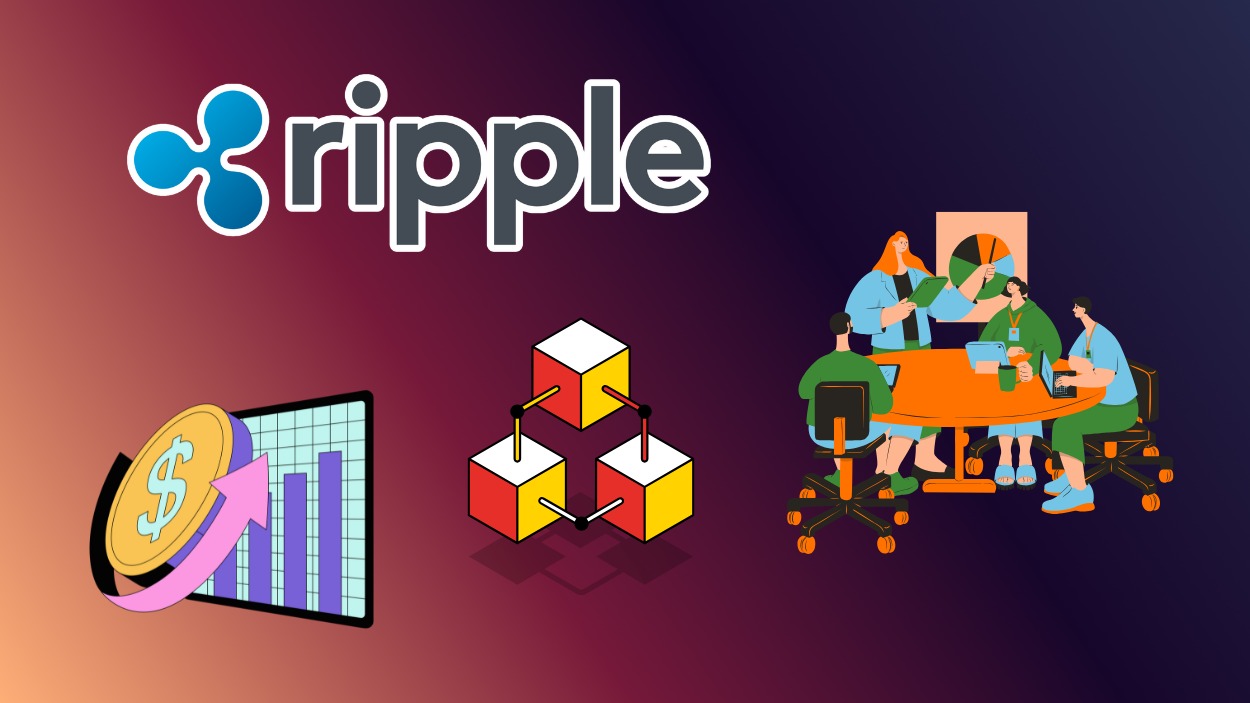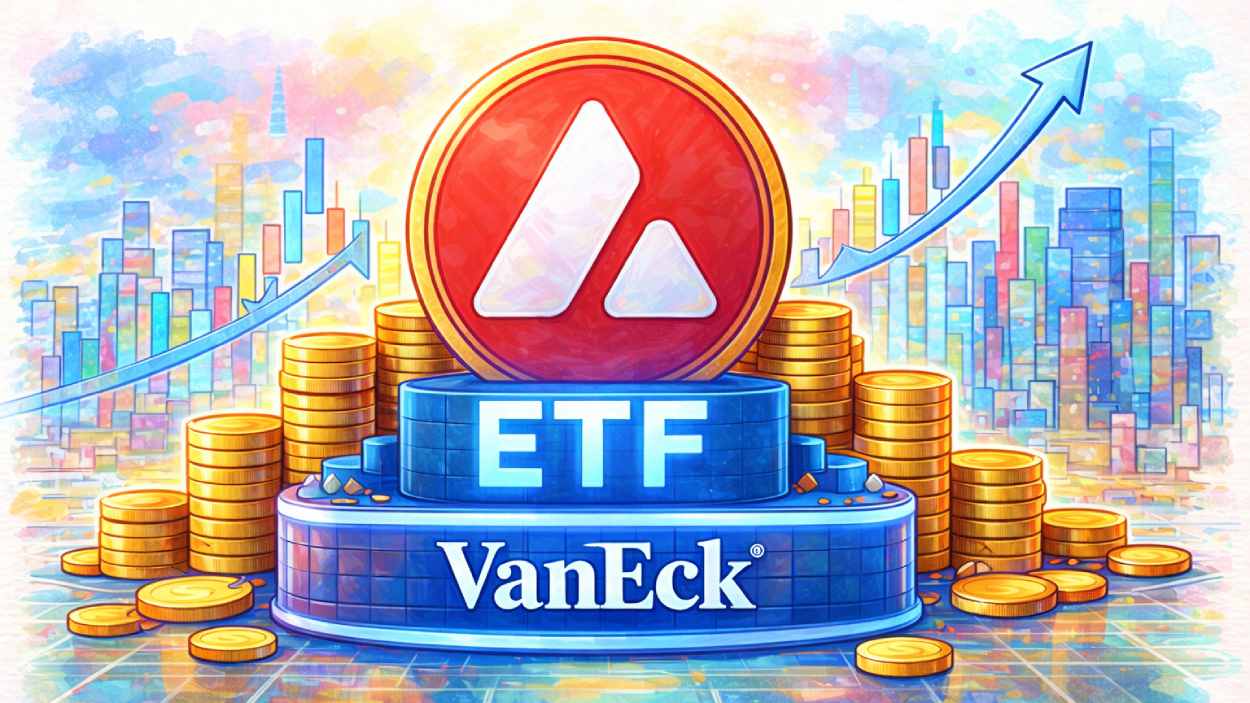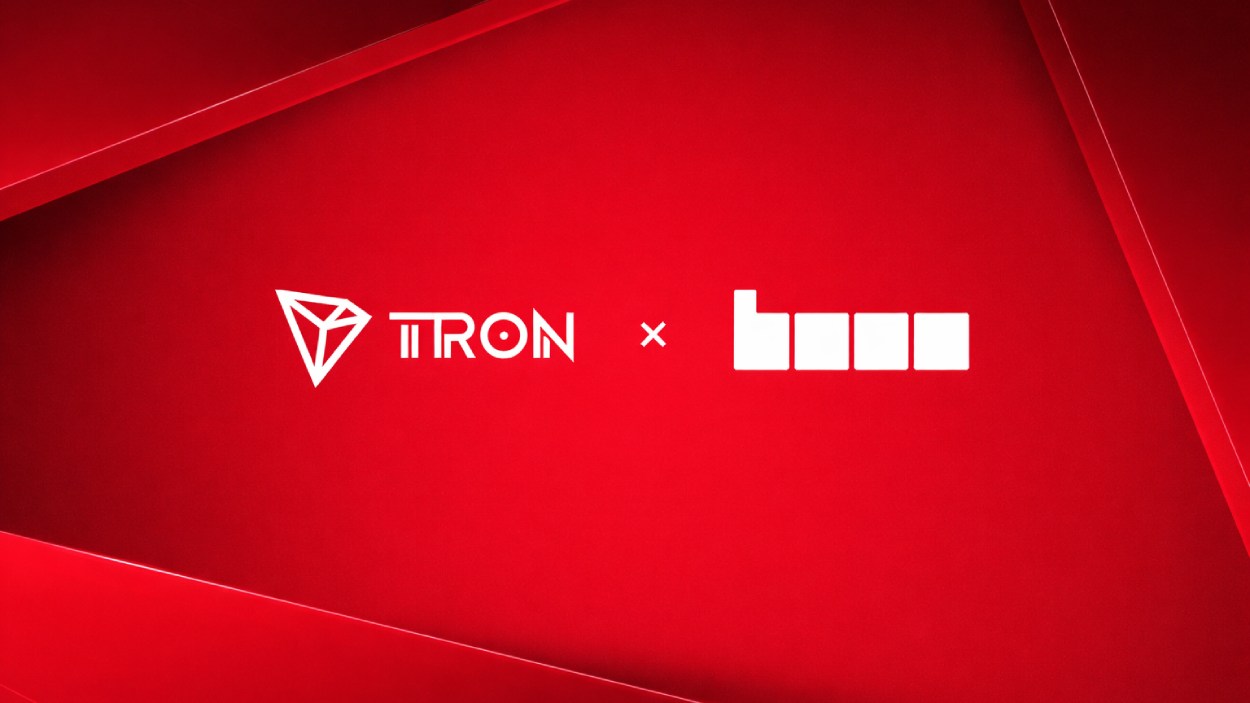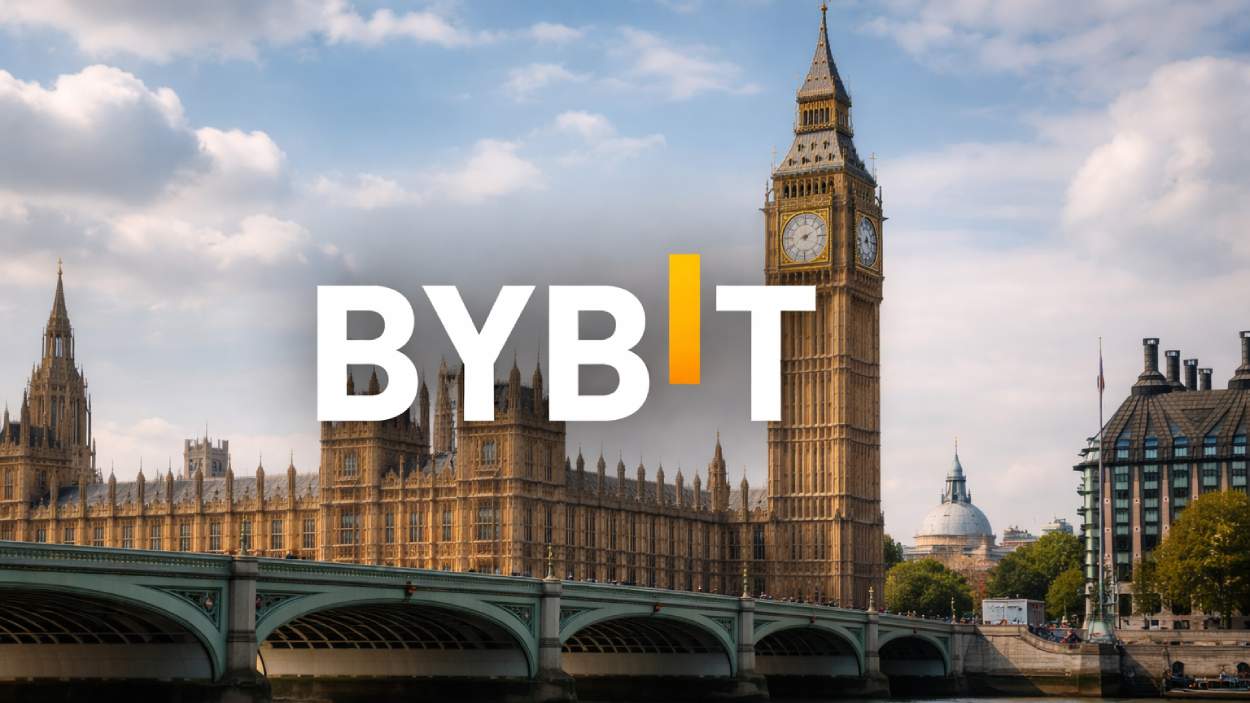Binance has paid out a massive $283 million to users following last week’s severe market crash and the temporary depegging of several tokens.
Key Takeaways
- Binance compensated users with $283 million after technical glitches and depegging incidents hit the platform during a market crash.
- Three major tokens temporarily depegged: USDe, BNSOL, and WBETH, triggering forced liquidations.
- The crash was driven by macroeconomic events, including tariff threats from former President Trump, causing over $20 billion in liquidations.
- Binance denied any external attack, clarified causes as system glitches, and promised improvements in risk control and transparency.
What Happened?
On October 10, extreme market volatility struck the crypto sector following a global sell-off, driven by geopolitical tensions and fears of renewed trade wars. As the market plunged, Binance experienced internal technical issues and token depegging events that impacted users across multiple services. In response, Binance launched a two-phase compensation plan that has now disbursed $283 million to affected users.
Statement on recent market volatility and the latest progress update on our user protection measures.
— Binance (@binance) October 12, 2025
👉 https://t.co/0BdimwS53G pic.twitter.com/n5El9zvr3e
Massive Sell-Off Sparks Chaos Across Crypto Markets
The initial trigger came after President Donald Trump announced plans to reintroduce high tariffs on Chinese imports, sparking fears of another trade war. Within minutes, the crypto market experienced one of its worst single-day declines. Bitcoin fell to $102,000, while more than $20 billion in leveraged positions were liquidated across exchanges.
Binance saw more than $7 billion in liquidations within an hour, with the majority coming from long positions. Despite the extreme conditions, the exchange confirmed its core systems, including the futures and spot trading engines, remained fully operational.
Token Depegs and UI Glitches Add to the Panic
Following the crash, several tokens used as collateral in Binance Earn products temporarily depegged from their intended values. These included:
- USDe, which dropped to $0.66.
- BNSOL (Binance Solana staking token).
- WBETH (Wrapped Beacon ETH).
Binance clarified that the depegging occurred after the broader market crash and not as the cause. Nevertheless, users who held these tokens as collateral suffered forced liquidations.
Additionally, a display glitch on Binance’s trading interface showed some altcoin prices as $0. This was caused by recent changes to decimal precision for certain trading pairs, such as IOTX/USDT. The tokens did not actually fall to zero, but the misleading display heightened panic.
Compensation and Platform Response
Binance CEO Richard Teng apologized for the situation, reaffirming the company’s focus on transparency and user trust. The platform confirmed it had completed full compensation within 24 hours for:
- Users affected by depegs in Earn products.
- Traders impacted by delays in internal fund transfers.
- Users who faced Earn redemption issues.
The company also denied rumors of a coordinated exploit. Some traders had speculated that Binance’s Unified Account feature was manipulated, but Binance stated that all signs point to market-driven volatility, not an external attack.
Binance has pledged to update its risk systems, introduce a soft price floor for USDe, and improve price reference indexes. It is also optimizing its UI to avoid future misrepresentation of token values and will continue processing user claims.
Regulatory Pressure and Industry Reactions
The incident triggered renewed calls for regulatory scrutiny. Crypto.com CEO Kris Marszalek urged regulators to investigate the extreme price swings, warning that failures in centralized platforms can erode public trust in the entire sector.
Despite the turmoil, the market has started to recover. Bitcoin rebounded over 3 percent, and Binance’s own BNB token surged 11 percent, suggesting renewed confidence among some investors. Veteran trader Peter Brandt reversed his bearish stance, turning bullish on major tokens like Bitcoin, Ethereum, and XRP.
CoinLaw’s Takeaway
In my experience, when a top-tier exchange like Binance responds this quickly with a massive compensation plan, it shows they understand the gravity of losing user trust. While the market volatility wasn’t their fault, the glitches and depegging revealed serious weaknesses in platform resilience. I found Binance’s transparency and willingness to publicly address technical failures both rare and reassuring. Still, this episode is a loud wake-up call for anyone using leveraged products or relying heavily on centralized platforms. Stay cautious, especially when the market heats up.

